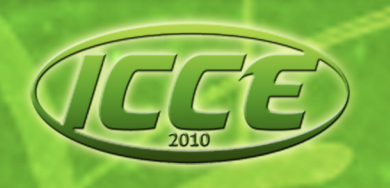Students' Intentions and Achievements in Using Open and Closed Network Resources for Web-based Problem Solving
Abstract
Owing to the popularity of computers and computer networks, fostering the webbased problem-solving ability of students has become an important educational objective in recent years. This study attempts to compare the effects of using closed and open network resources on students’ intentions and learning effectiveness with regards to web-based problem-solving activities. An experiment was conducted by situating students from a senior high school computer course in web-based learning environments with different network resources to find the answers to several questions about “structured programming design”. The experimental results show that the low-achievement students who learned in both the open-resource network and closed-resource network made remarkable progress. However, the high-achievement students who learned in the closed-resource network had significantly better performance than those who learned in the open-resource network. In addition, the learning task completion ratio and the difficulties the students encountered were recorded and analyzed, and the perceptions of the students regarding their engagement in the learning activity are compared and discussed.Downloads
Download data is not yet available.
Downloads
Published
2010-11-29
Conference Proceedings Volume
Section
Articles
How to Cite
Students’ Intentions and Achievements in Using Open and Closed Network Resources for Web-based Problem Solving. (2010). International Conference on Computers in Education. https://library.apsce.net/index.php/ICCE/article/view/2447


